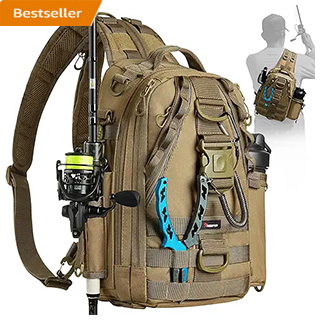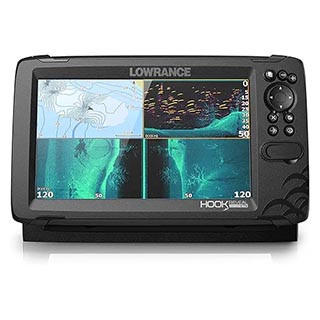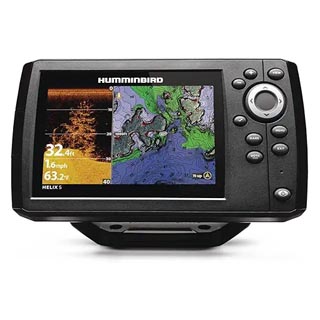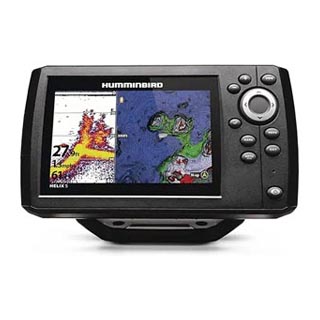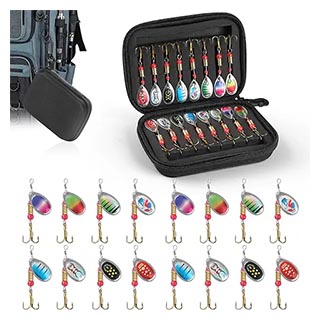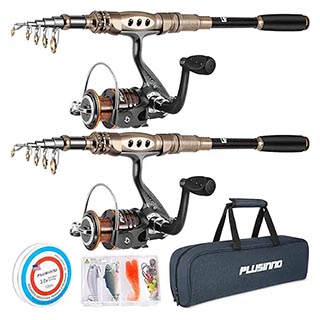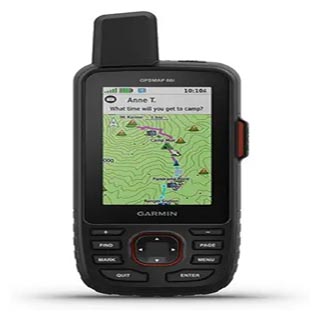Not Just Fishing
Fishing Articles and Information

GPS Comparisons - A Great Way To Shop For The Perfect Unit
By Lee Cole
It's much easier to find information about specific GPS products than reliable GPS comparisons.
When I first got interested in automotive GPS systems, I scoured the Internet, looking for unbiased comparisons, GPS ratings, or reviews that might be helpful.
Suffice
it to say that useful comparisons were few and far between, which is why I decided to make my own information site, which you can get to
from the link below.
When you buy a GPS system, from Amazon for instance, what you're buying is the
receiver, which receives the signals transmitted by that network of satellites.
What is even better is that you and I do not have to pay
to use that multi-billion dollar satellite network. It's free! All we have to do is buy the device.
But then, there's the problem-which device to buy?
The market leaders are Garmin, Tom Tom, and Magellan. You can go to their websites for information, but each company tries to stress their products strengths, while overlooking their weaknesses, and they do this in a way that makes it difficult to compare their product with that of another company. I have no problem with this. It just makes it a little hard to decide which GPS to buy.
You can buy automotive systems that are installed in your car's dash (like your radio), or portable ones that you mount to a suction cup device on the windshield or sometimes on the top of the dashboard. The information in this article is focused on portable systems. They are much cheaper, and you can take your unit with you walking or while driving another car.
Portable systems run from less than $200 to almost $1000US. All of these GPS devices find your location and show you routes on maps. All of them preloaded with maps of the United States and Canada. (A few of the cheaper ones only come with regional maps.) What makes the difference in price is quality of the maps and what are called "points of interest", along with a whole slew of extra (but useful) features.
The size of the points of interest database is important. Points of interest are preloaded addresses and information about businesses, civic buildings, hospitals, gas stations, restaurants, hotels, schools, and generally any destination that you might want to go to.
The cheaper systems only have about 750,000 points of interest preloaded in them. That sounds like a lot, but when you consider how
big the United States and Canada are, 750,000 restaurants, hospitals, gas stations, ATM's, and Starbucks is not really that much.
The
better systems have a few million points of interest. Definitely something worth considering, especially if you'll be using your system
while traveling. Of course, if you're only using your GPS close to home then the number of points of interest might not matter-then
again, you might not need the GPS system.
There are a few features that are important to consider.
The user interface (how easy the unit is to use) is important. Some systems like the Garmin Nuvi's are like mini computers, they do so
much. I'm not saying avoid the Nuvi-I happen to like that line of products a lot. Just be aware that you might have to read the
instructions the first time you use it.
Much to Garmin's credit, the StreetPilot C series was designed to be extremely easy to use. If I
were going to buy my 86-year old mother-in-law an automotive GPS system, it might well be the StreetPilot c340.
As you climb higher in price range, you get more features. Some are not that important, like having a travel clock. My car has a
clock, so I don't think I need two. Bluetooth technology is a feature you might want if you use your cell phone a lot in the car.
Bluetooth lets you use your GPS as a cell phone. So, you're limiting the number of devices you have to keep up with in the car-always a
good idea when negotiating a busy expressway interchange.
The mid to upper range GPS systems have mp3 players so you can listen to music and audiobooks. That's neat if everyone else in the car wants to listen to the same thing. If not, well I guess everyone will have to use their own iPod.
The display size is a biggie! The last thing you want to be doing in traffic is straining to see the GPS screen. Many of these product lines have widescreen versions. That translates to 4.3-inch screens. That's almost an inch bigger than the 3.5-inch screen. For some people, it does make a difference.
There are a few other features I haven't covered in this article. You can click below and go to my website for more detailed information about specific units.
Lee Cole is a GPS enthusiast who has spent countless hours learning about and using GPS devices.
Fishing Article Of Interest: GPS Ratings Key to Finding the Best System